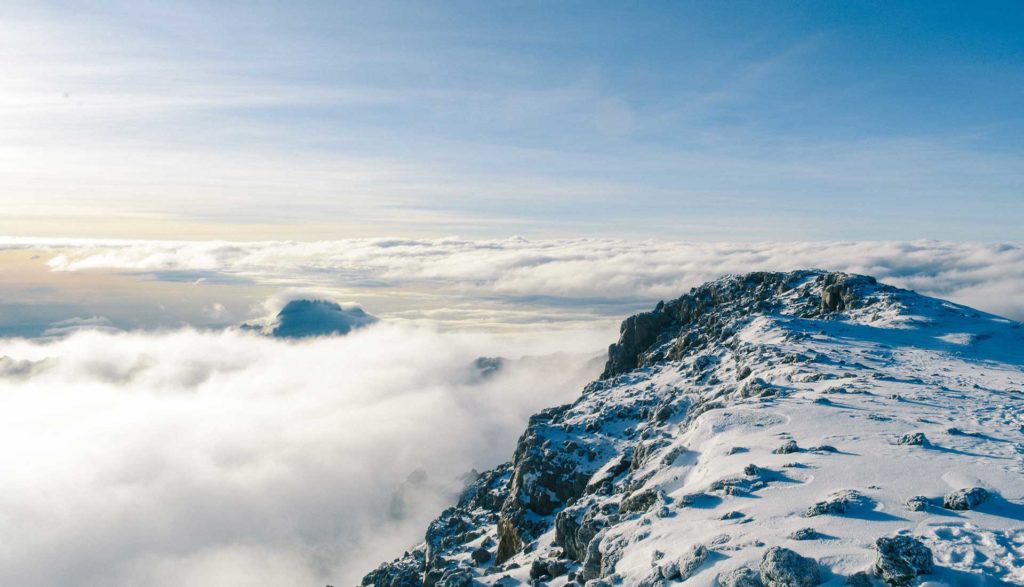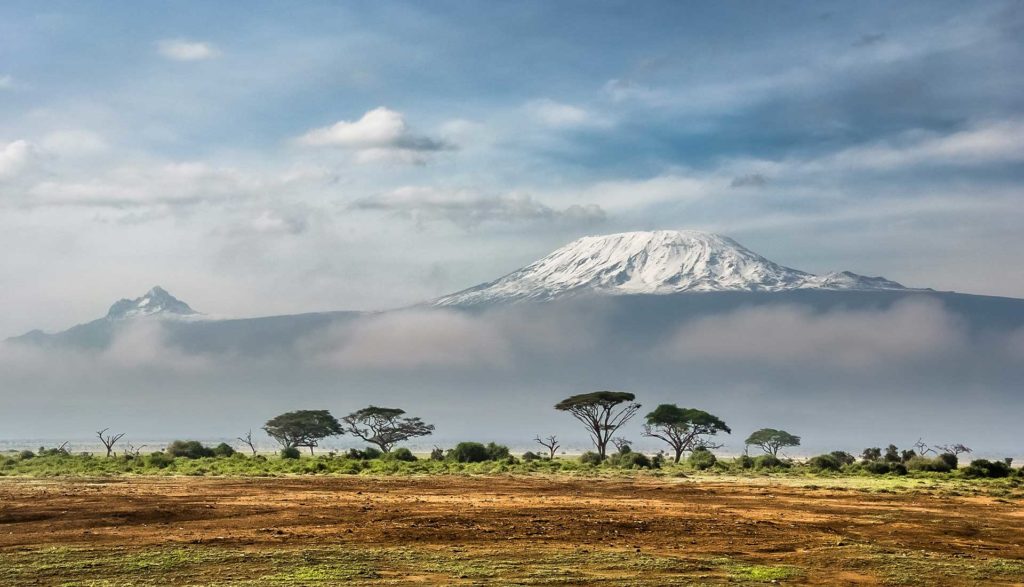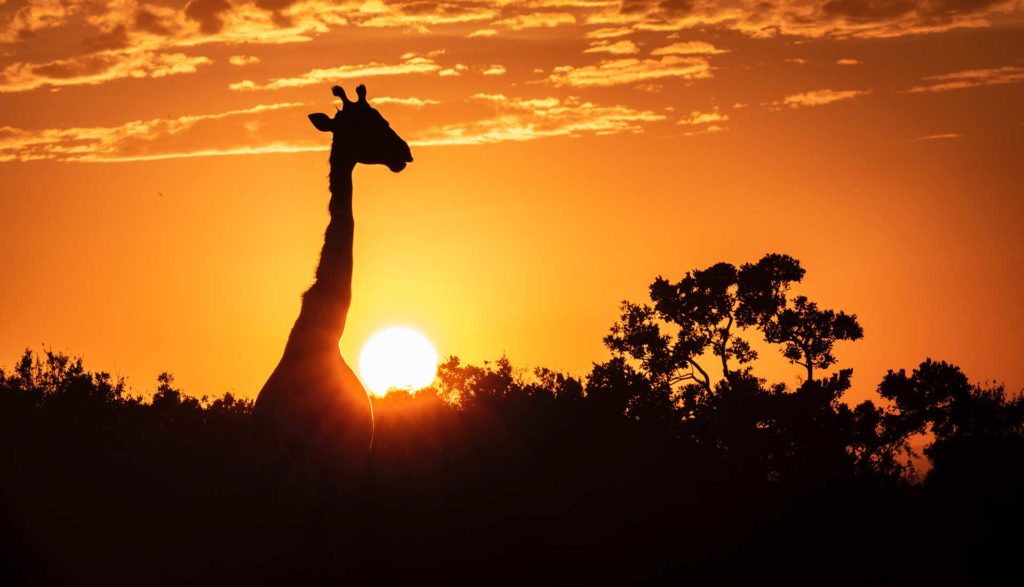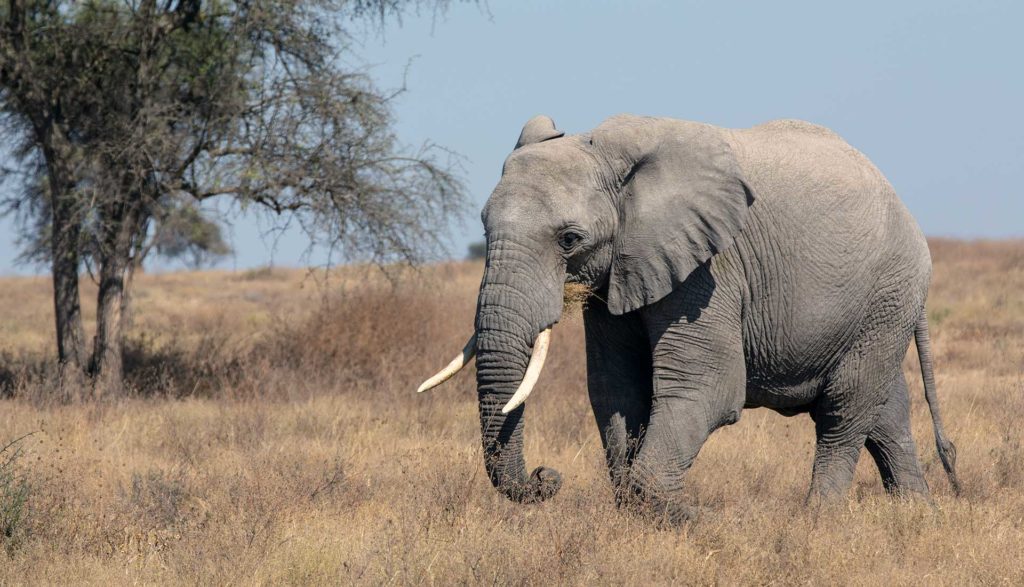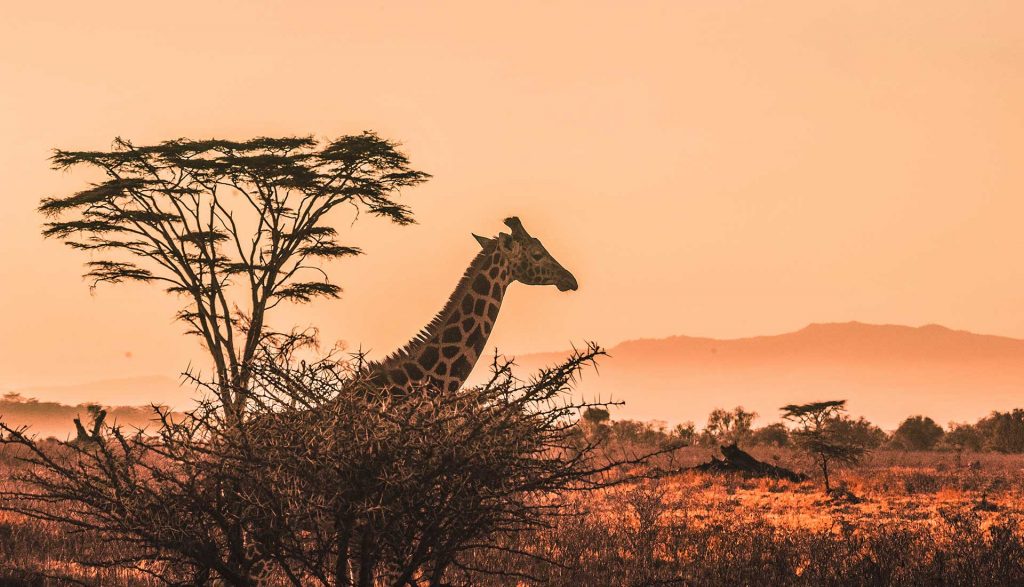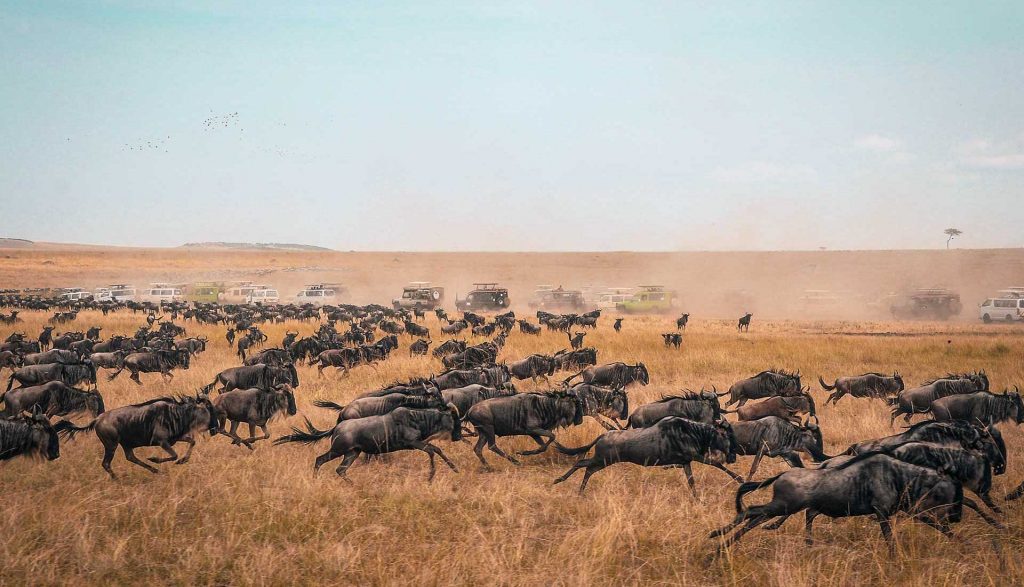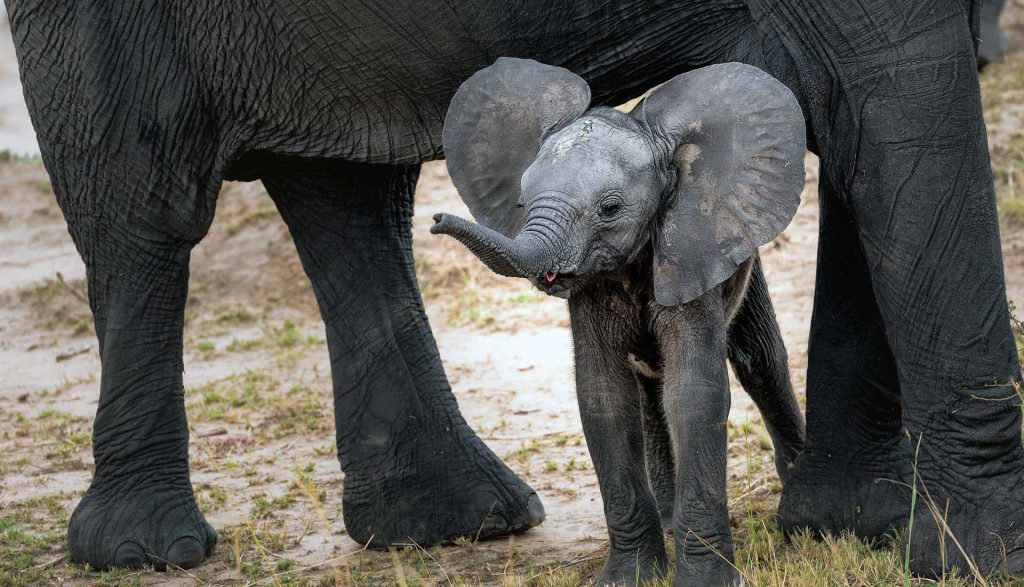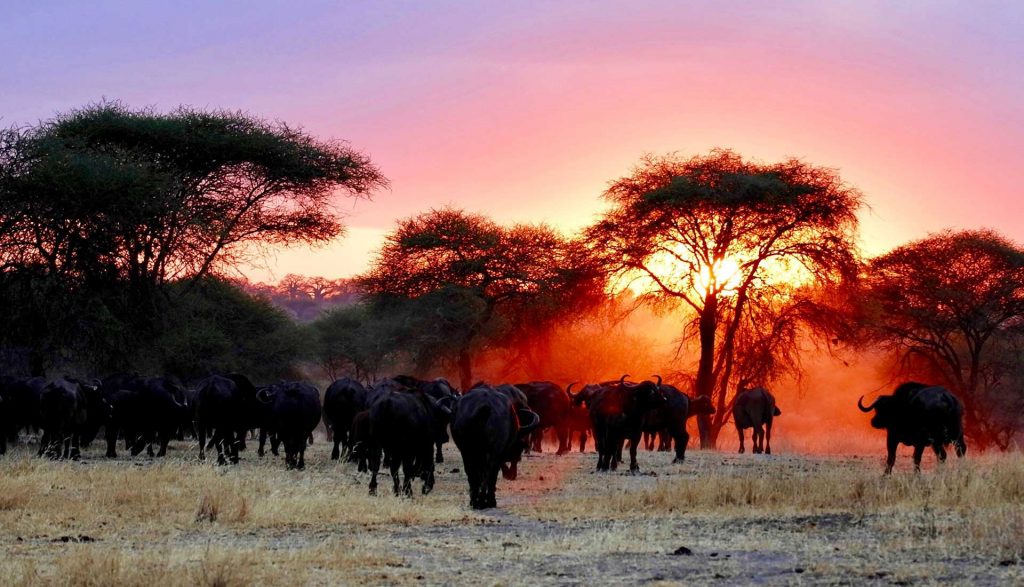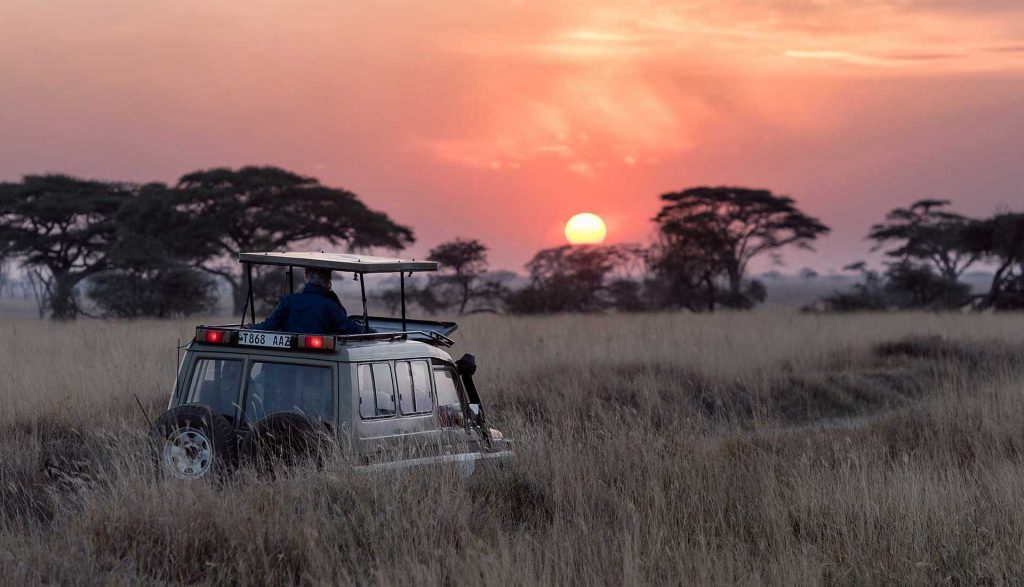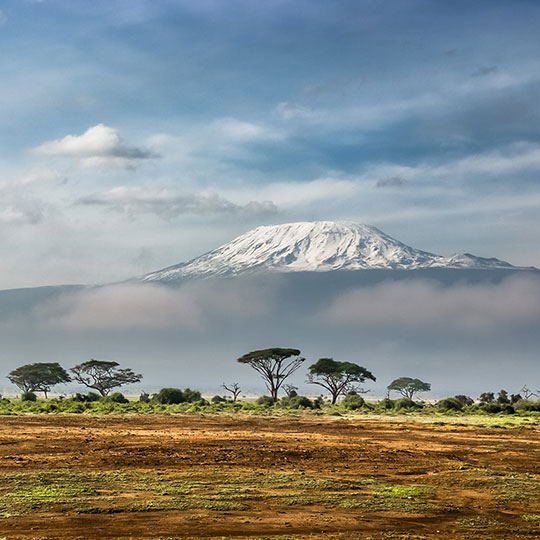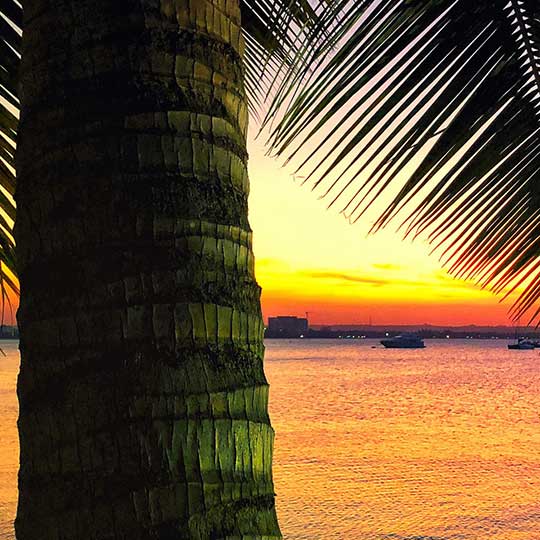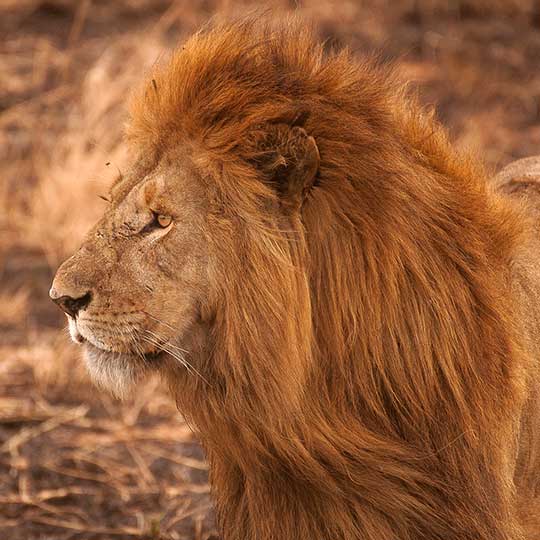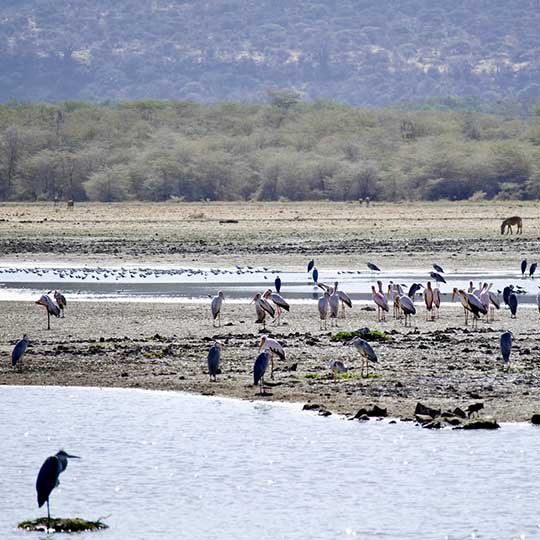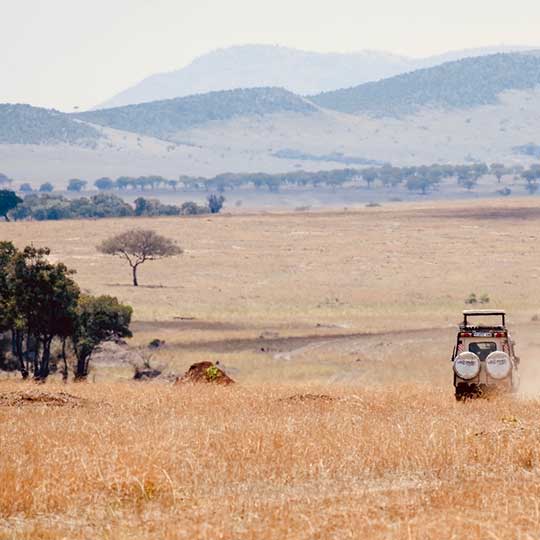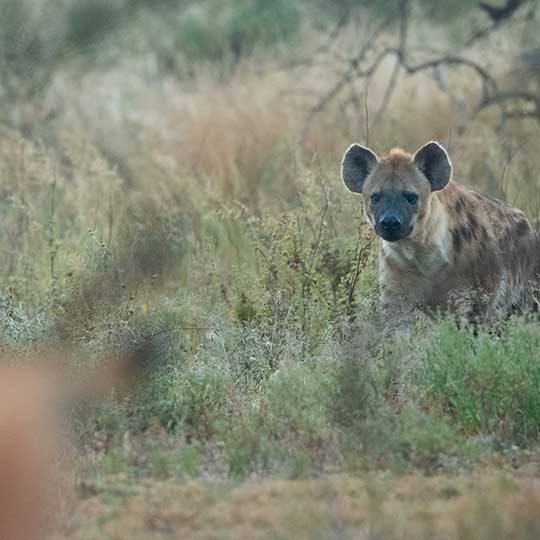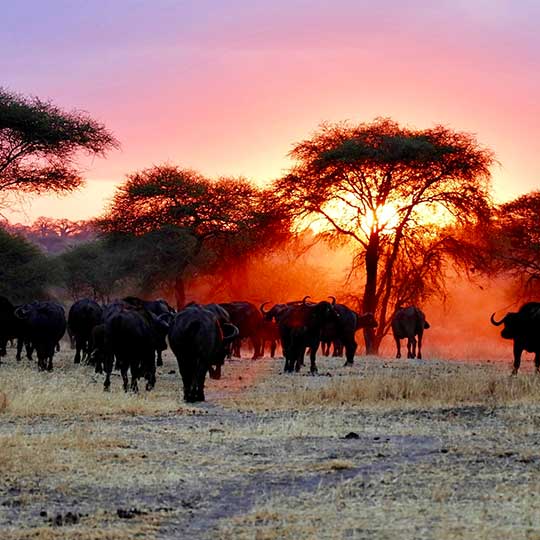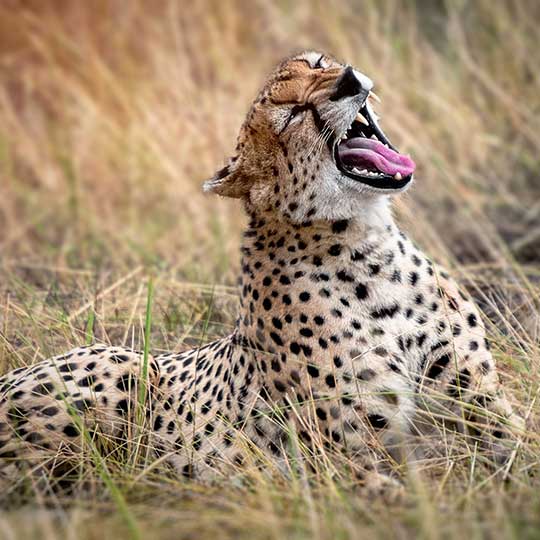Introduction
Located on the eastern coast of Africa, Tanzania has an Indian Ocean coastline about 1 424km (885 miles) long. The geography is varied – from large fresh- and salt-water lakes, many national parks and Africa’s highest point, Mount Kilimanjaro (5,895 m or 19,341 ft).
Climate
Although the climate of Tanzania is largely tropical, it has regional variations that occur due to its topography. In the highlands, you can expect temperatures to range from 10 to 20°C (50 and 68°F) during the hot and cold seasons. The rest of the country has temperatures that rarely fall below 20°C (68°F). The hottest time of year is between November and February with temperatures of between (25–31°C or 77.0–87.8°F), while the coldest period falls between May and August (15–20 °C or 59–68 °F).
The north and eastern parts of Tanzania experience two wet periods – the short rains (or “Vuli”) in October to December and the long rains (or “Masika”) from March to May. The southern, western and central parts of the country only experience one wet season from October to April or May.
Electricity
The electricity supply in Tanzania is 220/240 volts at 50Hz. Plugs are 3-point square (UK Type). Adapters are available at major airports.
Languages
Kiswahili and English
Currency
Tanzania Shillings
Banking
Banks in Tanzania are open Monday to Friday from 09:00 to 15:00, and most have 24-hour ATMs. Credit cards and travellers cheques are not widely accepted. Where they are accepted, you can expect high service fees and poor exchange rates. Major foreign currencies, particularly US dollars are accepted in Tanzania and can be converted at banks and bureau de changes in the main towns and tourist areas. If you do bring cash in US dollars, makes sure the notes are in good condition – they can have no tears or damage and mustn’t be older than 2004. Most banks will offer higher exchange rates for US$100/$50 bank notes compared to lower denominations like US$20 or $20.
Capital
Dodoma is the official capital, while Dar-es-Salaam serves as the administrative capital of the country.
Getting around
You can either drive or fly between the parks and reserves in Tanzania. Most of the roads in the wilderness areas are in poor condition and unmarked, which means that self-driving is not recommended. Operators will supply you with a driver who can double up as an informal guide; alternatively you can arrange to fly to destination and use a car and driver supplied by lodgings.
Elsewhere in Tanzania, towns and cities are linked by a steady stream of buses and dala-dalas (minibuses), and in the cities, there is public transport in the way of buses, dala-dalas, taxis, and, in some places, bicycles or tuk-tuks.
Precision Air run regular services, mostly via Dar es Salaam, Kilimanjaro or Zanzibar, to all main towns and other destinations in East Africa and beyond. All national parks and some of the top-end luxury lodges have airstrips and Coastal Air operates between these and the main airports on the mainland and the islands of Zanzibar, Pemba and Mafia. ZanAir has frequent connections between Zanzibar, Pemba and the mainland.
Driving is on the left-hand side of the road.
What to wear
It never gets really cold in Tanzania so lightweight clothing, preferably cotton or linen, is recommended. The evenings do get chilly, so bring something warm to wear. Always wear a hat and sunblock. If you’re visiting the beaches or pools at your hotel, normal swimwear is acceptable – nudity is not.
Over a third of the population in Tanzania is Muslim, so women visiting should cover their legs and shoulders to show respect.
Wildlife
Tanzania has about 20% of the species of Africa’s large mammal population, which are found in its reserves, conservation areas, marine parks and 17 national parks. This is spread over an area of more than 42,000 square kilometres (16,000 sq mi) and forms about 38% of the country’s territory.
Serengeti National Park, Tanzania’s second largest national park area, is situated in the north and is most well known for its migratory herds of wildebeests and zebra. It’s also one of the great natural wonders of the world. The Ngorongoro Conservation Area, established in 1959, is a UNESCO World Heritage Site and inhabited by the Maasai people. Its Ngorongoro Crater is the largest intact caldera in the world.
The national parks are also part of the wetlands of Tanzania. You’ll find most of the wild animals closer to the wetlands, especially the water-loving species, such as the hippopotamus, waterbuck, common warthog, elephant, crocodile, sitatunga as well as water birds such as flamingos and ducks.

